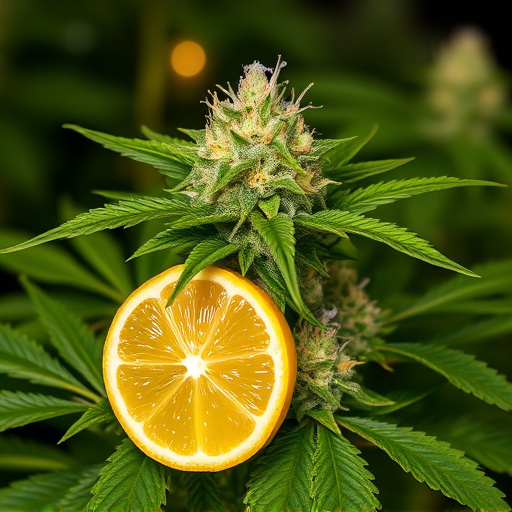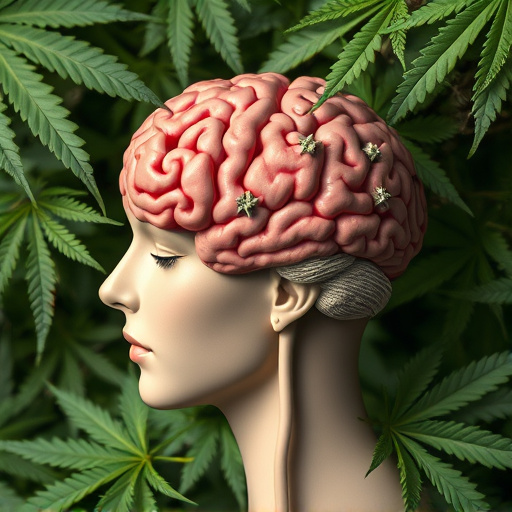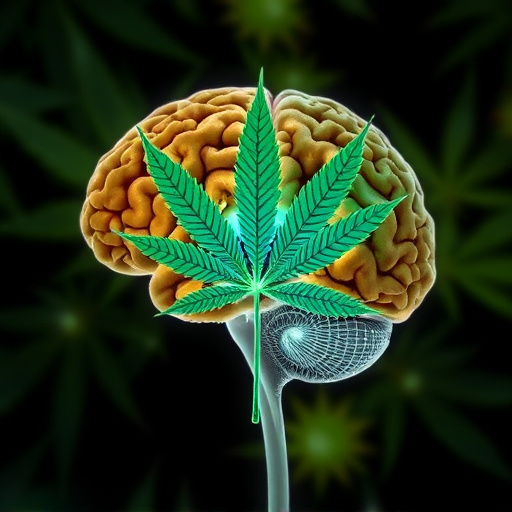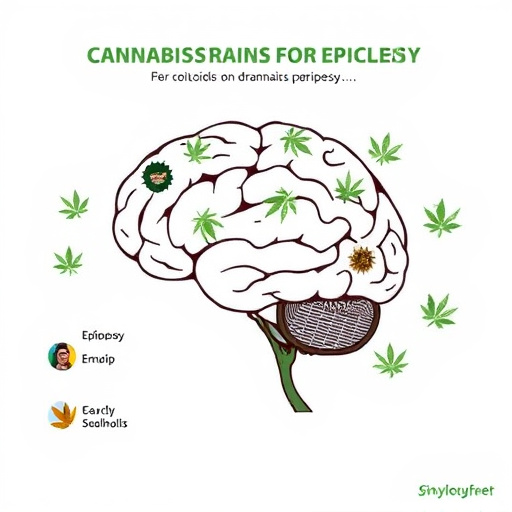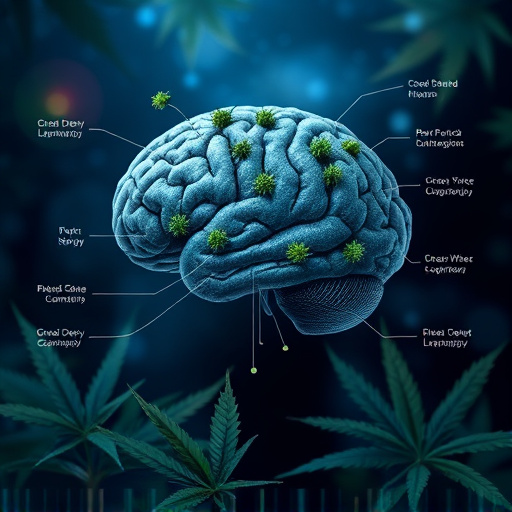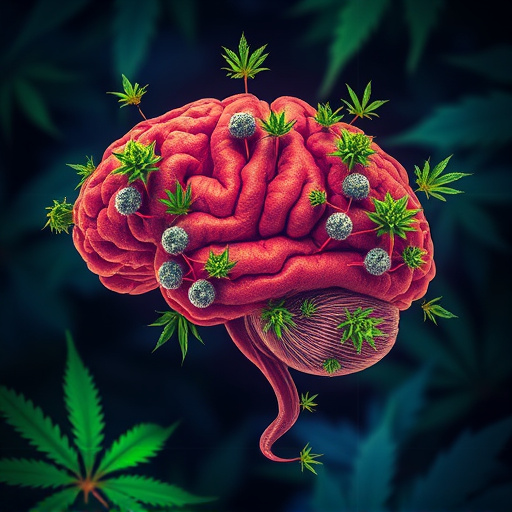Cannabis, particularly CBD-rich strains, offers natural stress relief and anxiety management with minimal side effects compared to traditional pharmaceuticals. Indica, Sativa, and hybrid varieties provide diverse options for users seeking relaxation without the psychoactive "high" associated with THC. Cannabis strains for epilepsy exemplify this approach, but further research is needed to standardize dosing, understand cannabinoid interactions, and ensure safe prescription practices.
Can cannabis flower be a natural remedy for stress and relaxation? With growing interest in alternative wellness solutions, exploring cannabis as a tool for calming anxiety has gained traction. This article delves into the science behind cannabis’ effect on relaxation, focusing on specific strains known for their soothing properties. We’ll also discuss safety precautions and highlight areas requiring further research, particularly in comparison to established treatments like those used for epilepsy.
- Understanding Cannabis and its Effects on Relaxation
- The Role of Specific Cannabis Strains for Stress Relief
- Safety Considerations and Future Research Directions
Understanding Cannabis and its Effects on Relaxation
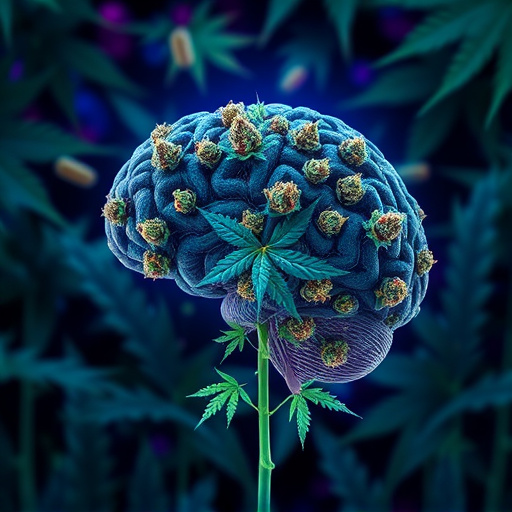
Cannabis has gained significant attention for its potential therapeutic benefits, with one prominent area being stress and anxiety relief. While cannabis is often associated with its psychoactive effects due to the presence of tetrahydrocannabinol (THC), another compound—cannabidiol (CBD)—has emerged as a powerful tool for promoting relaxation and managing stress. Unlike THC, CBD does not produce a “high” but rather interacts with the body’s endocannabinoid system, which plays a crucial role in regulating mood, memory, and pain perception.
Cannabis strains high in CBD are particularly interesting for those seeking an alternative to traditional anti-anxiety medications. For instance, cannabis strains known for their epilepsy treatment properties often include high levels of CBD and low THC, making them appealing for relaxation without cognitive impairment. Research suggests that these strains can help reduce anxiety symptoms and promote a sense of calm, providing a natural approach to stress relief.
The Role of Specific Cannabis Strains for Stress Relief
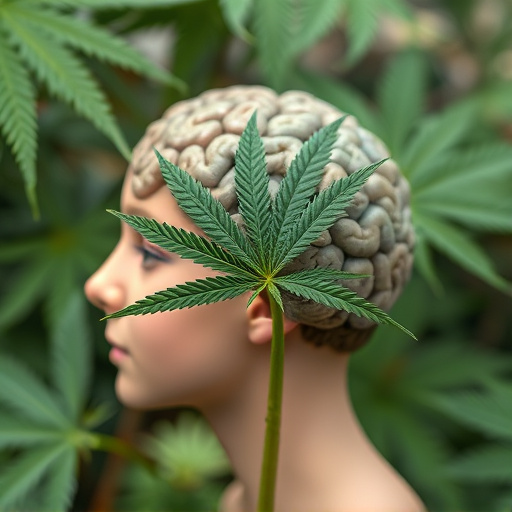
Cannabis has long been recognized for its potential therapeutic benefits, and one of its most promising applications is in stress relief and relaxation. The key lies in specific strains that have been selectively bred for their calming effects. Unlike popular belief, not all cannabis flowers are created equal when it comes to this purpose. Certain strains, such as Indica varieties, are renowned for their ability to induce a sense of tranquility and ease muscular tension. These strains often contain higher levels of the cannabinoid THC, which interacts with the body’s endocannabinoid system to promote relaxation.
When considering cannabis strains for stress relief, it’s important to explore options beyond just Indica. Some Sativa strains also offer calming properties, providing a more balanced experience by typically containing lower THC levels. Additionally, hybrid strains can deliver a unique combination of effects from both Indica and Sativa parents. For individuals looking to alleviate stress without the mental euphoria often associated with cannabis, specific CBD-rich strains may be ideal. These strains provide potential anti-anxiety benefits without the psychotropic effects, making them a game-changer for those seeking natural remedies for stress management, especially in comparison to traditional pharmaceutical options or cannabis strains for epilepsy.
Safety Considerations and Future Research Directions
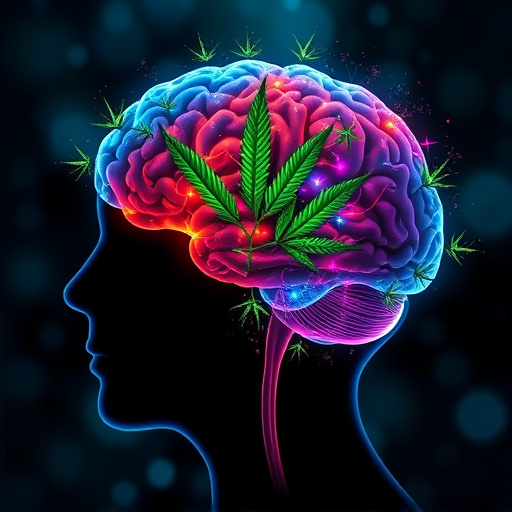
While cannabis has shown promise in managing stress and promoting relaxation, it’s crucial to approach its use responsibly. Safety considerations are paramount, especially with various cannabis strains available, each possessing unique cannabinoid profiles. The effects can vary greatly among individuals, influenced by factors like tolerance, method of consumption, and personal biochemistry. Additionally, long-term effects require further study, particularly concerning cognitive impacts and potential dependencies.
Future research should focus on identifying specific cannabis strains for epilepsy and other conditions, as well as developing standardized dosing methods. Understanding the intricate relationship between cannabinoids like THC and CBD, and their impact on the endocannabinoid system, is essential. This knowledge will enable healthcare professionals to prescribe cannabis therapies more effectively, ensuring optimal benefits while minimizing risks for all patients considering its use for relaxation and stress relief.
Cannabis, with its diverse range of strains, offers promising potential as a natural remedy for stress and relaxation. The active compounds present in various strains can interact with our endocannabinoid system to promote calmness and alleviate anxiety. While specific strains show potential for stress relief, it’s crucial to approach cannabis use responsibly, considering individual tolerance and seeking professional guidance. Future research on cannabis strains for epilepsy and other conditions could further expand its therapeutic applications. By understanding the science behind cannabis’s effects, we can navigate its use for relaxation and stress management while prioritizing safety and informed decision-making.


